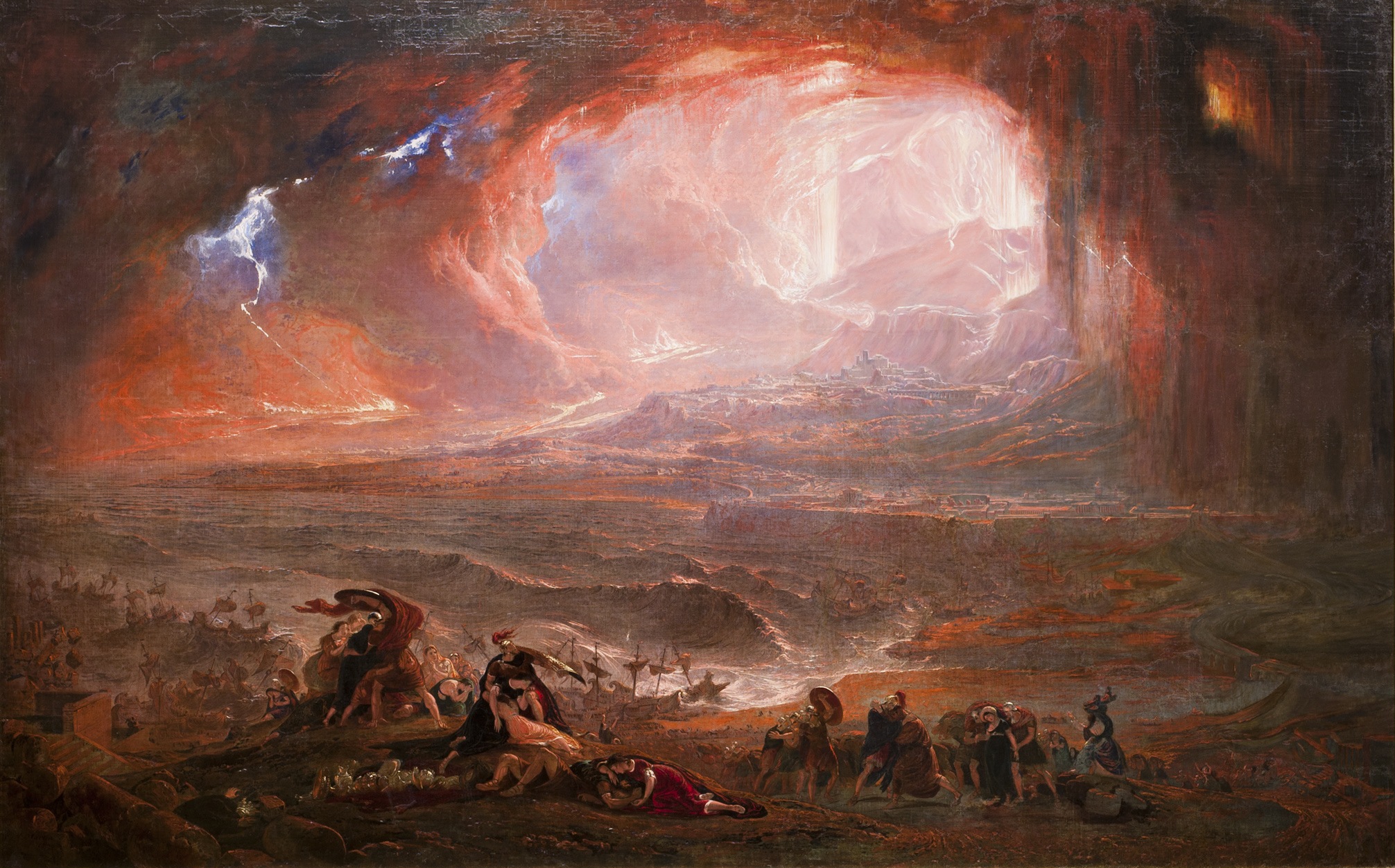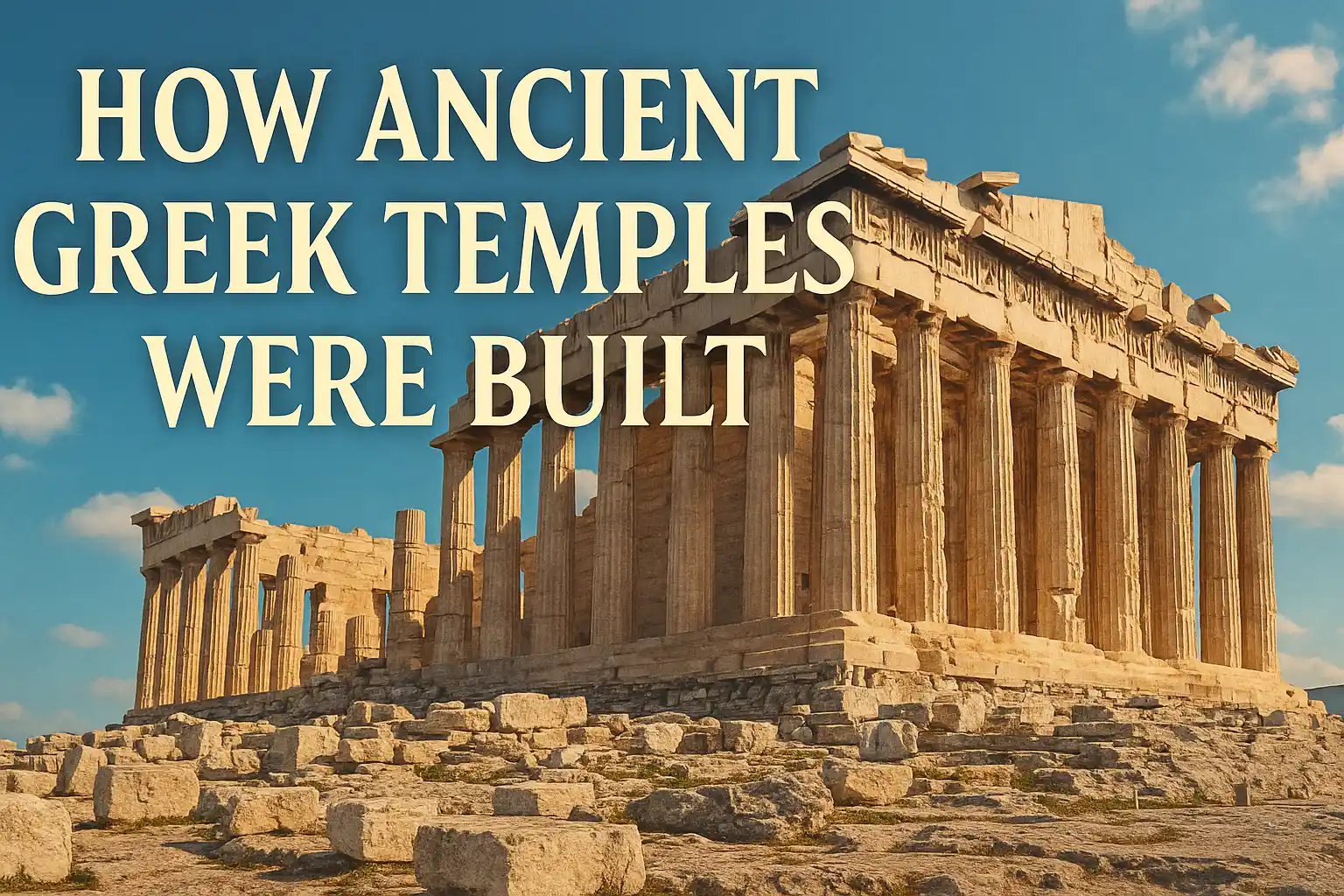
In Greece, there’s a region where ancient ruins, crystalline waters, and quiet fishing villages pulse to a unique and mesmerizing tempo. This is the Corinthian rhythm — a cultural frequency that captures the soul of the northern Peloponnese and the Gulf of Corinth.
Unlike the tourist-packed destinations of Athens or Santorini, the Corinthian rhythm offers something more organic — a harmony of tradition, sea life, and community that has remained largely untouched by mass tourism. In this article, we explore the roots, lifestyle, and beauty behind the Corinthian rhythm, and why more travelers are choosing to tune into it.
What Is the Corinthian Rhythm?
The Corinthian rhythm isn’t music in the traditional sense — it’s a metaphorical melody. It describes the unhurried, coastal way of life found in towns like Galaxidi, Itea, and Xylokastro, where time flows as gently as the waves that kiss the shore. It’s the rhythm of boats bobbing in harbors, elders playing tavli (Greek backgammon) in village squares, and the timeless scent of olive oil and sea salt in the air.
This rhythm is felt, not just seen. It’s found in the balance between local customs and everyday life, in the way people greet you with sincerity, and in the ease with which modern life intertwines with deep-rooted history.
Ancient Echoes: Corinth’s Cultural Core
Few places embody the merging of ancient and modern as powerfully as Ancient Corinth. Once a major trading center in classical Greece, the city’s remnants still echo a grandeur that shaped Mediterranean history.
Visitors can walk among the ruins of the Temple of Apollo and gaze at the Acrocorinth, a massive hilltop fortress that once protected the city from invasion. These relics aren’t just archaeological — they’re spiritual pillars in the foundation of the Corinthian rhythm, linking daily life with 2,000 years of civilization.
For more in-depth stories about Greek heritage, visit this related cultural guide on maxmag.org.
Local Life: Where Sea and Spirit Intertwine
In coastal towns along the Gulf of Corinth, the Corinthian rhythm reveals itself in daily routines that reflect a genuine attachment to place. In the mornings, cafés brim with locals sipping Greek coffee as fishing boats unload the day’s catch. By afternoon, the tempo slows: narrow alleyways become shaded sanctuaries for siestas, and families gather under fig trees for late lunches.
In Xylokastro, you’ll find beach promenades filled with laughter and music in the summer months. Meanwhile, Galaxidi boasts neoclassical architecture and a rich maritime tradition that stretches back to the 18th century. These towns are not curated for Instagram; they live and breathe their own rhythm.
Culinary Expressions of a Coastal Beat
Gastronomy is one of the most delightful expressions of the Corinthian rhythm. Each town along the Gulf boasts its own flavor, but a few common threads tie them all together: olive oil, wild herbs, fresh seafood, and centuries-old techniques.
One might start the day with koulouri (a sesame-crusted bread ring), move to grilled octopus for lunch, and end with spoon sweets made from citrus and rose petals. These dishes are not just nourishment — they are culinary artifacts passed from one generation to the next.
According to the Harvard T.H. Chan School of Public Health, the Mediterranean diet, rich in whole foods and healthy fats, is among the world’s healthiest. The Corinthian table is a shining example.
Natural Beauty and Outdoor Adventure
The Corinthian rhythm is deeply tied to the land and sea. The Gulf’s calm waters invite paddleboarding, sailing, and diving in near-pristine conditions. Inland, pine-covered hills and citrus orchards provide opportunities for hiking and cycling in nature.
In Trikala Corinthias, a mountain village just an hour from the coast, you can feel the rhythm change from seaside serenity to alpine vitality. Here, visitors can hike scenic trails, enjoy snowy winters, or relax in cozy guesthouses — all while remaining immersed in the same cultural heartbeat.
Modern Touches, Traditional Roots
While tradition remains strong, the Corinthian rhythm is not frozen in time. Across the region, young entrepreneurs are reviving crafts, restoring old homes into eco-lodges, and creating art spaces that celebrate local identity.
At cultural centers and festivals — like the summer concerts in Xylokastro or the naval reenactments in Galaxidi — modern creativity meets historical reverence. This evolution is subtle and respectful, allowing new generations to keep pace without losing the beat.
Why the Corinthian Rhythm Matters
In an era of fast-paced tourism and algorithm-driven recommendations, the Corinthian rhythm stands as a gentle rebellion. It invites travelers to listen — not to their phones, but to the whisper of waves, the call of seagulls, and the laughter of children playing by the shore.
This rhythm reminds us that not all treasures are loud or flashy. Some are slow, quiet, and deeply rooted in place. And in those silences, we rediscover ourselves.
Travel Tips for Experiencing the Corinthian Rhythm
-
Best Time to Visit: May to October offers ideal weather for beaches and festivals.
-
How to Get There: The region is accessible by car from Athens in under two hours.
-
Where to Stay: Look for family-owned guesthouses in Galaxidi or eco-hotels in Trikala Corinthias.
-
What to Pack: Comfortable shoes, a journal, and an appetite for slow travel.
Trusted Outbound Resources
-
For healthy regional recipes and Mediterranean diet benefits, explore Mayo Clinic’s Mediterranean diet page
-
Learn more about archaeological sites like Ancient Corinth from Smithsonian Magazine
Frequently Asked Questions
What does ‘Corinthian rhythm’ mean?
It’s a metaphor for the region’s unique lifestyle — a slow, balanced pace that blends history, community, and nature.
Is the Corinthian Gulf worth visiting?
Absolutely. It offers a quieter, more authentic Greek experience with beautiful coastal towns and historical sites.
Are there family-friendly activities?
Yes! The region is perfect for slow travel with kids, including beach days, village strolls, and cultural events.
Can I explore Corinth without a car?
You can reach major towns by public transport, but a car gives you greater flexibility to explore off-the-path villages.
Is this area popular with tourists?
It’s well-known among Greeks but often overlooked by foreign visitors — making it a hidden gem for those in the know.
Final Thoughts
The Corinthian rhythm isn’t a destination — it’s a way of being. To walk its path is to embrace a slower, richer, and more meaningful style of travel. So take a breath, step away from the noise, and let Greece’s hidden rhythm guide your journey.






